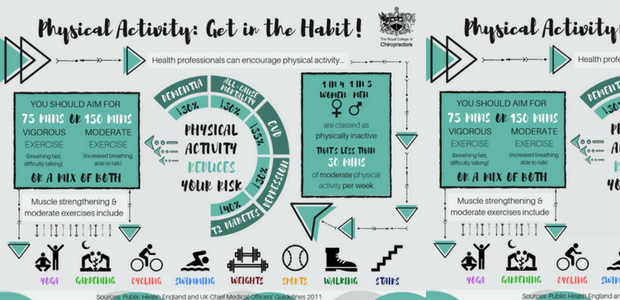What Mechanisms Allow Cold Laser Treatment To Use Light For Advanced Healing, And What Future Innovations Can We Anticipate Suffering Management?
What Mechanisms Allow Cold Laser Treatment To Use Light For Advanced Healing, And What Future Innovations Can We Anticipate Suffering Management?
Blog Article
Article Written By-Ditlevsen Albrektsen
When considering different therapies, cold laser therapy stands out as a result of its one-of-a-kind technique to healing. By making use of details wavelengths of light, it targets cellular features and advertises healing in a non-invasive way. This method not only improves ATP manufacturing however additionally help in minimizing inflammation and discomfort. As laser lipo norwich remains to unravel, the implications for recovery and pain management could be considerable. What does this mean for future therapy choices?
The Mechanisms of Cold Laser Treatment
Cold laser treatment, likewise known as low-level laser therapy (LLLT), functions by boosting mobile function with the application of specific wavelengths of light.
When the laser light permeates your skin, it connects with the mitochondria in your cells, raising ATP manufacturing. https://body-detoxification65421.blog-gold.com/43813263/discover-just-how-cold-laser-therapy-may-transform-your-discomfort-relief-and-recovery-journey-and-figure-out-the-surprising-advantages-it-brings in ATP stimulates your cells, promoting recovery and regeneration.
The light also influences cell membranes, improving their permeability and helping with vitamins and mineral absorption while expelling toxins. Additionally, cold laser treatment sets off the launch of endorphins and lowers inflammation, aiding your body react more effectively to injury.
You'll experience enhanced blood circulation as the therapy boosts capillary growth, making certain that oxygen and nutrients reach damaged tissues much more successfully.
Comprehending these devices can aid you appreciate its potential in promoting recovery.
Potential Benefits of Cold Laser Therapy
When thinking about options for pain alleviation and recovery, you might discover cold laser treatment to be an enticing choice. This non-invasive technique can help in reducing swelling, minimize discomfort, and advertise cells repair service.
Many people report quicker recuperation times from injuries and surgical procedures after undertaking cold laser treatment. It's particularly useful for conditions like joint inflammation, tendonitis, and muscular tissue strains.
You might also appreciate that it has minimal negative effects compared to pharmaceuticals. Furthermore, go to website can improve flow, which assists in supplying nutrients and oxygen to damaged areas.
Current Study and Scientific Applications
As rate of interest in cold laser treatment grows, researchers are discovering its various applications and efficiency in scientific setups. You'll locate research studies investigating its duty in pain monitoring, wound healing, and reducing swelling.
In physical treatment, specialists make use of cold laser therapy to boost recovery in sporting activities injuries, while dental practitioners are finding it beneficial for dealing with oral pain and gum tissue conditions. Ongoing tests are evaluating its possibility in dealing with problems like arthritis and neuropathy.
These research studies intend to establish standardized procedures and dosages, guaranteeing safety and effectiveness. As even more proof arises, you could see cold laser therapy coming to be a staple in both rehabilitation and pain management, offering patients a non-invasive option that complements traditional therapies.
Conclusion
In conclusion, cold laser treatment uses an encouraging approach to recovery by using specific wavelengths of light to improve mobile features and promote healing. With benefits like improved blood flow, minimized swelling, and pain relief, it's ending up being a beneficial option for different conditions. As research remains to develop standardized procedures, you can look forward to higher approval of this non-invasive treatment in rehab practices and pain monitoring techniques, making it a potential game-changer for numerous people.
